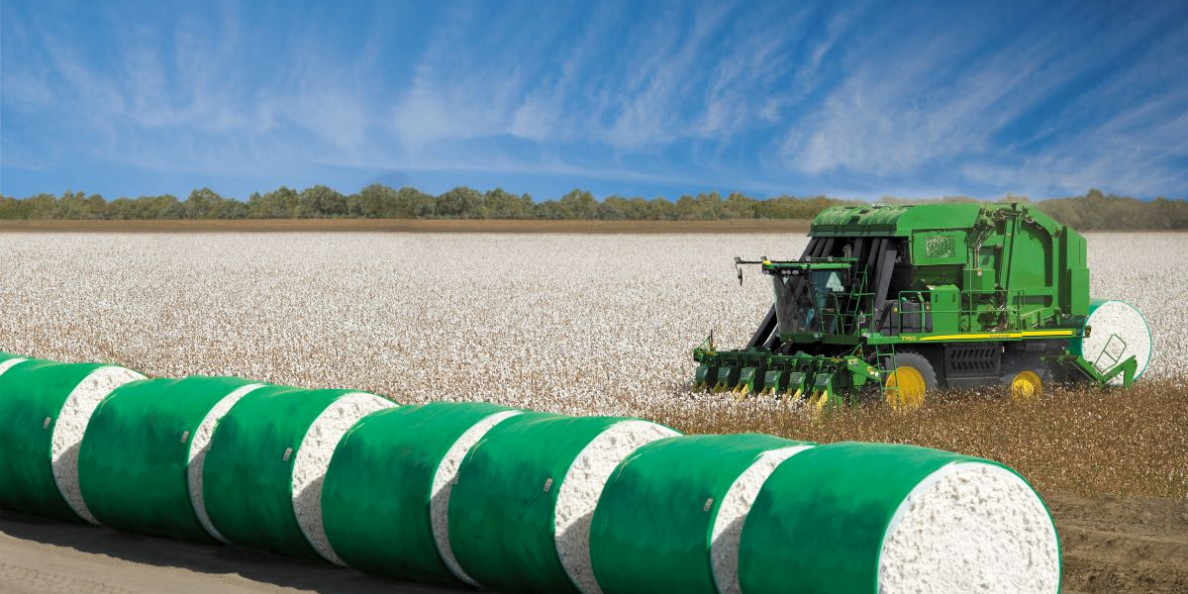By Clint Thompson
One Alabama Extension regional farm and agribusiness management agent is hopeful commodity prices will rebound once the ongoing coronavirus pandemic subsides. At least for all row crops except cotton, which could take longer to recover from.
“Anytime we have a recession, or the economy takes a hit, when consumers don’t have disposable income to buy the apparel, the demand just drops off. It takes a little bit longer for that demand to start to pick up,” said Jessica Kelton. “Hopefully, there’s a little bit of optimism that once we get past this that we’ll start to recover.”
Commodity Prices
Current commodity prices don’t generate a lot of optimism among farmers in the Southeast. Cotton futures prices were at 57 cents per pound on Thursday. Peanut prices were set at $424.13 per ton for Runner peanuts, $416.70 per ton for Spanish peanuts, $430.94 per ton for Valencia peanuts and $430.94 per ton for Virginia peanuts. Corn prices were listed at $3.11 per bushel. They were at $4.50 on July 8. Soybean prices were also listed at $8.35 per bushel.
Kelton believes that if there’s a segment of the workforce that can muster through adversity and consistent challenges, it’s the agricultural sector. Hopefully, she’s right.
“I think every year you see farmers that are optimistic that, (say) ‘Hey we’ve had bad times before, we’ll manage to make it through and we’ll come out on the other side,” Kelton said. “We don’t know what to expect. I think there’s still optimism because most of the growers, they love what they do. They’re trying to find a way to make it through.
“I think one of the things that we’re really watching to see how it works is the CARES Act and all of the USDA programming that’s going to be available. There’s a lot of information that’s being put out and we don’t know all of the specifics. How are those direct payments going to be calculated? When are those payments going to come through? I think a lot of growers are holding out hope we’re going to see some of that happen to help stem the flow of some of the losses that they’re going to face this year.”
Πηγή: southeastagnet.com

